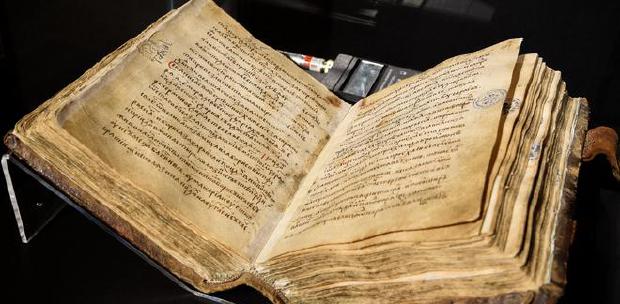ON Dec 9 last year, visitors to the Russian State Children's Library (RSCL) were able to plunge into an oriental fairy tale at the Day of Malaysia, which is part of the 'Discovering Countries' project.
Multi-coloured kites or wau — one of the symbols of Malaysia — welcomed the guests at the entrance of the library.
Numerous curious exhibits — decorative items, elements of national clothes and traditional household items — were presented specially for that day.
However, the costumes of the guests and co-organisers of the event, representatives of the Malaysian embassy, received the most attention.
They came to the event in colourful traditional clothes, demonstrating, among other things, the popularity of batik art in Malay culture. One of the most memorable elements of the programme was the 'joget', presented by dancers in national clothes.
At the event, the chargé d'affaires of the Malaysian embassy, Johan Ariff Abdul Razak, handed over 21 books on fairy tales that are based on Malay myths to Maria Vedenyapina, director of the RSCL.
The books were published by the Federation of National Writers Association (Gapena) in 2020 in two languages — Malay and Russian.
I, too, took part in the presentation of the books as a translator of the fairy tales. I spoke about children's literature in Malaysia, about peculiarities of Malaysian fairy tales and Gapena activities.
I also read one of the stories about the adventures of the cunning mouse deer, the kancil, beloved by the Malays.
The acquaintance with Malaysian culture continued with a master class for children on hand-painted fabric using the batik technique.
The host of the class, Alexandra Korsakova, told the participants about the history, styles and techniques of batik.
Then the participants tried to create a pattern using the knot technique.
The celebration of Malay culture ended with a tasting of traditional snacks. Food with exotic-sounding names and no less exotic ingredients — kuih bakar pandan, kuih kara berlauk, curry puff and pineapple pie — helped visitors taste Malaysia.
I believe those who visited the exhibition of Malay household items and costumes will have a lasting impression of the country.
I am sure many more children with their parents will visit the library and get to know this amazing country and, of course, fall in love with it.
* The writer, writing from Russia, is a former lecturer at Universiti Malaya





